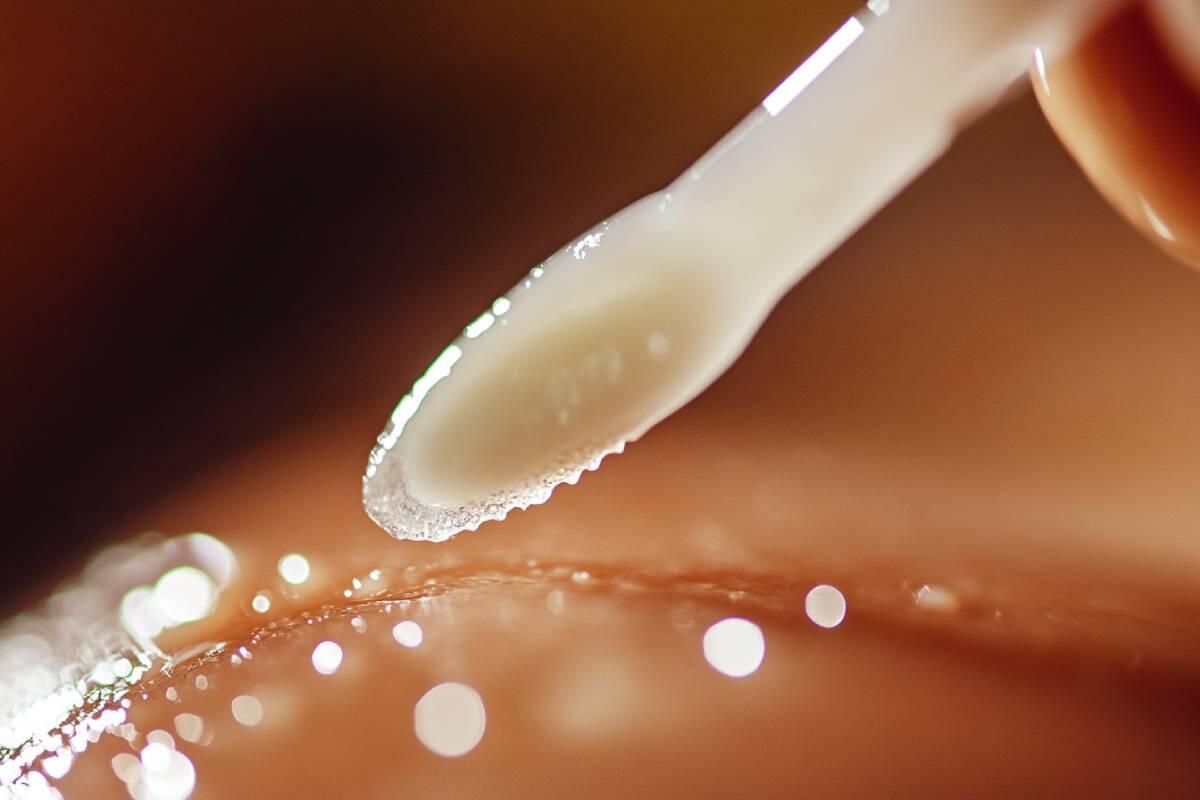Candidiasis in Men: Symptoms, Diagnosis, and Treatment
Candidiasis, often associated with women, can also affect men, causing significant discomfort and complications when untreated. This fungal infection, caused by Candida albicans, typically affects warm, moist areas of the body, including the genitals, mouth, and skin folds. Understanding its symptoms and treatment is essential for effective management.
At Clinic Consultation, we prioritize patient health by offering advanced diagnostic and treatment services for candidiasis. This article explores the symptoms, diagnostic methods, and prevention strategies for male candidiasis.
Symptoms of Candidiasis in Men
Candidiasis in men, particularly genital candidiasis or candidal balanitis, commonly presents as redness, itching, and a burning sensation on the penis, especially around the glans and foreskin. Other symptoms include thick white discharge, small cracks on the skin, and discomfort during urination or sexual activity.
Additionally, candidiasis can manifest in other areas, such as oral thrush or intertrigo (skin irritation in folds), marked by white patches, irritation, and swelling. Men with compromised immunity, diabetes, or prolonged antibiotic use are at greater risk.
Diagnosis: Identifying Candidiasis
Diagnosing candidiasis involves a thorough clinical examination and patient history. A healthcare professional may take swabs of affected areas for laboratory analysis to confirm the presence of Candida.
At Clinic Consultation, we ensure accurate diagnoses through advanced techniques, enabling precise treatment plans. Early diagnosis not only prevents complications but also aids in identifying underlying conditions contributing to recurrent infections.
Treatment for Candidiasis in Men
1. Antifungal Medications
Treatment typically involves topical antifungal creams, such as clotrimazole or miconazole, applied directly to the affected area. In more severe cases, oral antifungal medications like fluconazole may be prescribed to combat systemic infections.
2. Lifestyle Adjustments
Hygiene plays a crucial role in managing and preventing candidiasis. Men should wear loose, breathable fabrics to keep affected areas dry. Avoiding irritants, such as perfumed soaps, also minimizes flare-ups. At Clinic Consultation, we guide patients in adopting these lifestyle changes to promote faster recovery.
Prevention: Reducing the Risk
Maintaining Balanced Diets
Diets rich in probiotics and low in sugar can help maintain a healthy microbiome, minimizing the risk of fungal overgrowth. Yogurt, fermented foods, and fiber-rich options are excellent choices.
Managing Underlying Conditions
Chronic conditions like diabetes should be managed diligently, as high blood sugar levels foster fungal growth. At Clinic Consultation, we work with patients to develop comprehensive strategies for long-term health.
When to Seek Professional Help
Persistent or recurrent symptoms warrant professional intervention. Additionally, severe pain, fever, or signs of systemic infection require immediate attention. At Clinic Consultation, our specialists offer personalized care to address both symptoms and root causes, ensuring optimal health outcomes.
Conclusion
Male candidiasis is a manageable condition when diagnosed and treated early. Comprehensive care, including medical intervention and lifestyle changes, can significantly reduce its impact. At Clinic Consultation, we are dedicated to providing specialized care for candidiasis and related conditions. If you are experiencing symptoms or seeking preventative guidance, contact us today to schedule an appointment.
